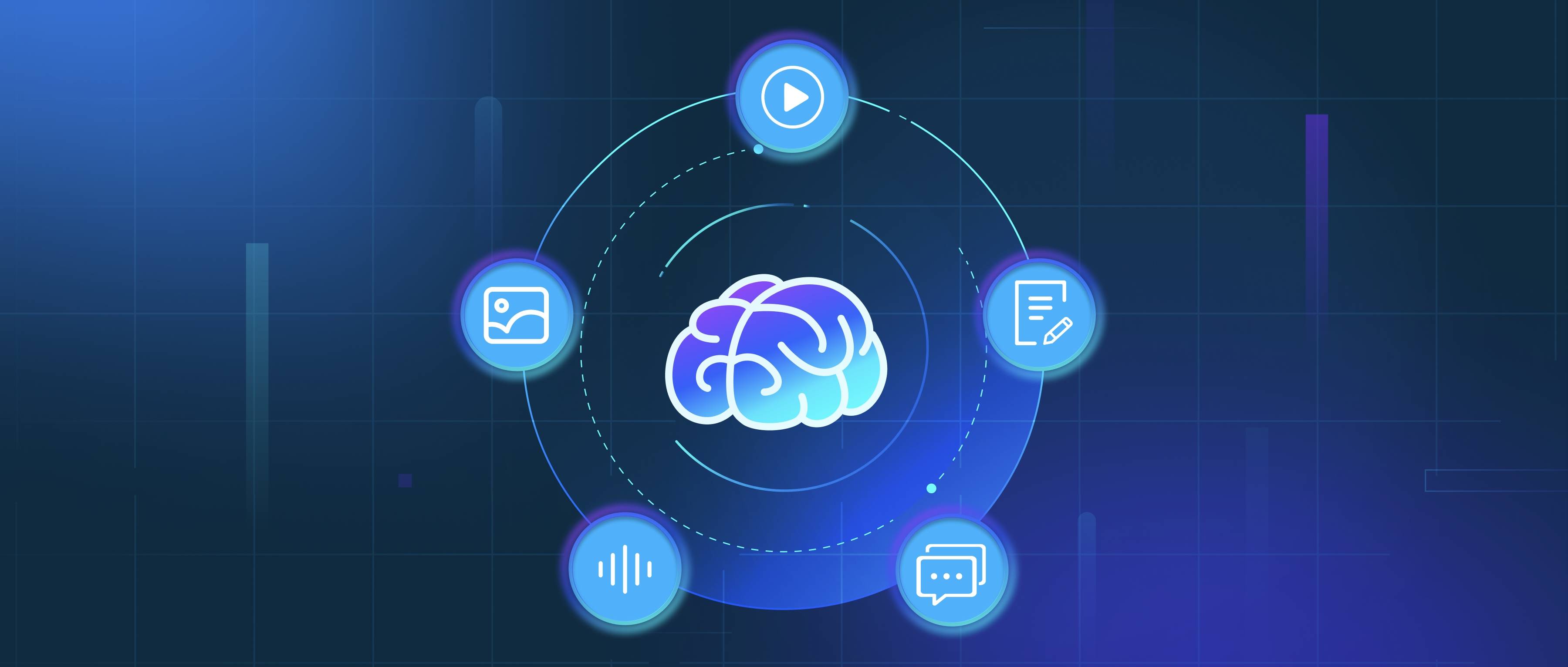Text-to-Speech (TTS) technology offers significant benefits in education by enhancing accessibility, flexibility, and personalization. Below is a structured explanation of its advantages:
1. Accessibility for Diverse Learners TTS directly addresses barriers faced by students with disabilities or learning differences. For example, visually impaired learners can access textbooks or digital resources through audio output, reducing reliance on braille or human readers. Similarly, students with dyslexia or reading difficulties benefit from hearing text spoken aloud, which improves comprehension and reduces cognitive strain. TTS also supports non-native language speakers by modeling pronunciation and aiding vocabulary acquisition. Tools like NaturalReader or browser extensions integrate TTS into e-learning platforms, enabling schools to comply with accessibility standards (e.g., ADA) without costly manual adaptations.
2. Flexible Learning Opportunities TTS enables learning in varied contexts, catering to auditory learners and busy schedules. Students can listen to study materials during commutes, workouts, or while multitasking, turning downtime into productive learning moments. For instance, a developer building a mobile app might use TTS APIs (like AWS Polly) to convert lecture notes into podcasts. This flexibility also supports flipped classrooms, where students review audio content at their own pace before class discussions. Additionally, TTS allows educators to quickly generate audio versions of updated materials, avoiding the need to re-record lectures when content changes.
3. Cost-Effective Personalization TTS allows customization of learning experiences without significant costs. Educators can adjust speech speed, voice type (e.g., gender, accent), or language to match student preferences. For example, a language-learning app could use TTS to generate pronunciation examples in multiple dialects. Schools can scale resources efficiently—instead of hiring voice actors for multilingual content, TTS generates audio in real time. Developers can integrate open-source libraries (e.g., Mozilla TTS) or cloud services to build these features into existing platforms. This scalability makes TTS a practical solution for underfunded institutions or global classrooms needing adaptable tools.
By addressing accessibility needs, enabling flexible study methods, and reducing costs for personalized content, TTS serves as a versatile tool to modernize educational workflows and improve outcomes for diverse learners.
